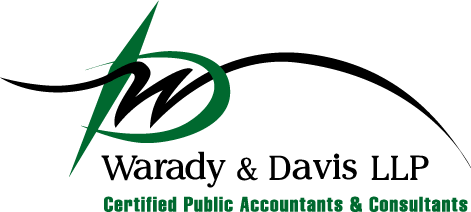The Small Business Administration (SBA) has released new guidance intended to expedite the forgiveness process for certain borrowers under the Paycheck Protection Program (PPP). The simplified process generally is available for loans of $150,000 or less, which the SBA reports account for 93% of outstanding PPP loans. The guidance comes at a time when many borrowers are nearing a critical deadline regarding their applications for forgiveness.
SBA’s process improvements
The popularity of the PPP, as well as the requirement that lenders make forgiveness determinations within 60 days of receiving an application, has left many smaller lenders overwhelmed. Some are even limiting the time periods during which they’ll accept forgiveness applications. This, in turn, has created confusion and concern among borrowers.
In response, the SBA recently issued an Interim Final Rule (IFR). The rule streamlines the forgiveness process for smaller loans through two avenues:
1) Direct borrower forgiveness. The SBA is providing a direct borrower forgiveness process for lenders that choose to opt in. At the time the guidance was released, more than 600 banks (primarily smaller lenders) had opted in, enabling more than 2.17 million borrowers to apply through a new online portal scheduled to launch on August 4, 2021.
Participating lenders will receive notice when a borrower applies through the SBA platform and will review applications and issue forgiveness decisions inside the platform. The SBA hopes this will reduce the wait time and uncertainly associated with applying through lenders.
2) COVID Revenue Reduction Score. The IFR also creates an alternative process for “second-draw” borrowers with loans of $150,000 or less to document their reduced revenue. To qualify for such loans, a borrower must have experienced a revenue reduction of at least 25% during one quarter of 2020 compared with the same quarter in 2019. If a borrower didn’t produce the necessary documentation when applying for the loan, it must do so on or before the date of application for forgiveness.
To make the revenue reduction confirmation process easier for such loans, an independent SBA contractor will assign every eligible second-draw loan a score based on several factors, including industry, geography, business size and current economic data. The score will be stored in the forgiveness platform and visible to lenders to document revenue reduction. If a borrower’s score doesn’t meet the value required to confirm the reduction, the borrower must provide documentation. If it does, no documentation is required.
Appeals and deferments
The IFR also extends the loan deferment period for borrowers who timely appeal a final SBA loan review decision. Under the previous rule, an appeal didn’t extend the period so borrowers had to begin making payments of principal and interest on the unforgiven amount.
The IFR amends that rule to extend the deferment period until the SBA’s Office of Hearings and Appeals issues a final decision. Appeals must be filed within 30 calendar days of receipt of the final SBA loan review decision, and borrowers should notify their lenders of appeals.
More to come
The SBA will release additional guidance regarding both the direct borrower forgiveness option and the COVID Revenue Reduction Score.
The W&D team is here to help. Please contact us with your questions at 847-267-9600; info@waradydavis.com. You can also visit the Warady & Davis LLP COVID-19 Resource Center for a wealth of information on stimulus assistance, new legislation and much more. This information is updated regularly.
SOURCE: IRS
Legal Notice: The materials communicated in this transmission are for informational purposes only and not for the purpose of providing accounting, legal or investment advice. You should contact your accountant or advisor to obtain advice with respect to any particular issue or problem. Use of and access to this Web site or any of the e-mail links contained within the site do not create an accountant-client relationship between Warady & Davis and the user or browser. You should not act upon any such information without first seeking qualified professional counsel on your specific matter. Any accounting, business or tax advice contained in this communication is not a substitute for a formal opinion, nor is it sufficient to avoid tax-related penalties. If desired, Warady & Davis would be pleased to perform the requisite research and provide you with a detailed written analysis. Such an engagement may be the subject of a separate engagement letter that would define the scope and limits of the desired consultation services. © 2021 All Rights Reserved
